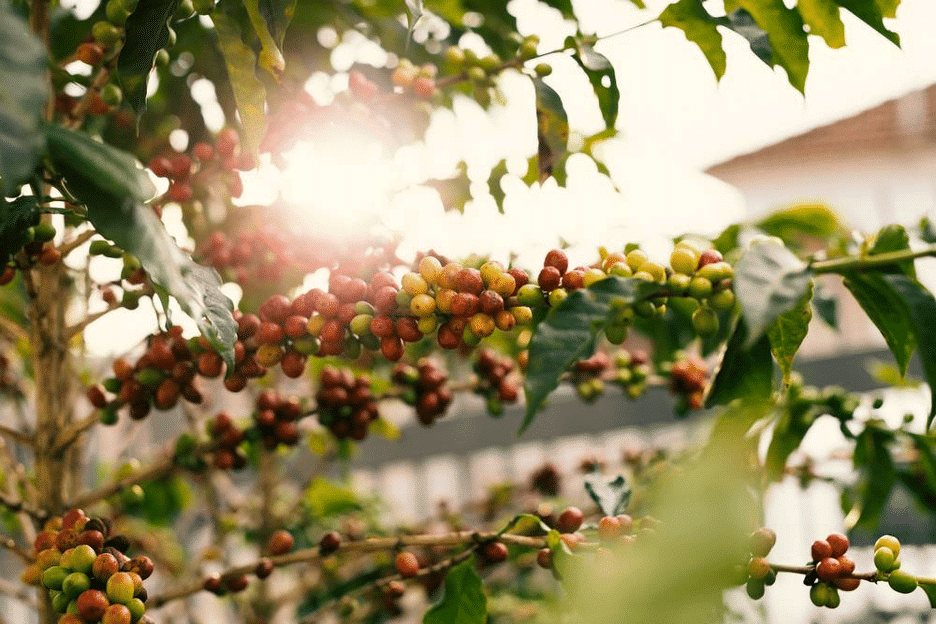

Article Published Date
The Life Cycle of a Coffee Bean
Here, at Pocket Latte, we pride ourselves in using whole, small-batch roasted coffee beans in our products to get the best flavor and experience our consumers can have when they consume a bar. Before the coffee beans are grounded and wrapped in aesthetically pleasing pastel wrappers, they go through a beautiful, natural process.
Coffee beans come from a cherry that is grown in regions throughout Africa, Arabica, and South America. Recently, the beans have been known to grow better in regions in South America due to having high altitude regions that give the beans a brighter acidity and fruity, floral notes. For every cherry, there are two beans per fruit that are produced that are manually picked.

Once the beans are picked, they can undergo a variety of processes. Depending on the aroma, body, and acidity that you want to achieve, you can pick through bean processes like dry, wet, honey, anaerobic, carbonic maceration, and giling basah.
The two most common processes are the dry and wet. The dry process, also known as the natural process, allows the coffee cherries to dry out in the sun in a thin layer and are turned often. In a wet process, the beans are removed from the cherry during washing and are fermented in a water tank. The fermentation lasts about 1-3 days before they are spread out in a thin layer to dry. The wet process is more favorable for its clean and acidic flavor; however, it is the most expensive because of the water used which makes it the least favorable for economic reasons.
Once the beans are dried, they are stored with a parchment layer to protect them from wet weather before exporting. The parchment layer is removed whenever the beans are exported through a technique called hulling. This removes the outer layer mechanically in a dry mill. The beans are graded with machines or by hand with sieves.

The beans are packed into jute bags and shipped to a roastery where the most wonderful flavors are created. The roaster picks his or her roasting method depending on the blend of beans, moisture, size, and region. After the process is done, it is packed and ready to be brewed or eaten in a form of a bar.

